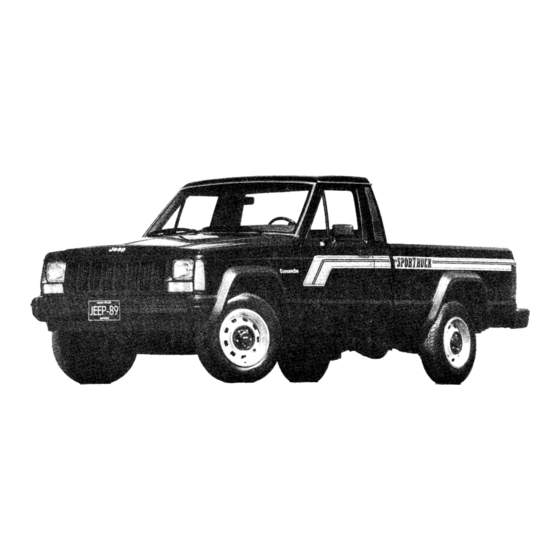
Table of Contents
Advertisement
The Motor Manual Guy
Contents
Introductory pages
Buying parts
Chapter 1
Chapter 2 Part A
Chapter 2 Part
Chapter 2 Part C
Chapter 2 Part D
Chapter 3
Cooling, heating and air conditioning systems
Chapter 4
Chapter 7 Part A
Manual transmlsslon
Chapter 8
Clutch and drlvetraln
Chapter 9
Chapter 10
Chapter 11
Body
Chapter 12
Wiring diagrams
0-5
0-5
0-7
0-10
0-10
0-17
0-17
0-19
Q-20
0-22
1-1
28-0
2C-0
2D-0
4-0
IMD-1
Advertisement
Table of Contents
Troubleshooting
















Need help?
Do you have a question about the cherokee 1989 and is the answer not in the manual?
Questions and answers